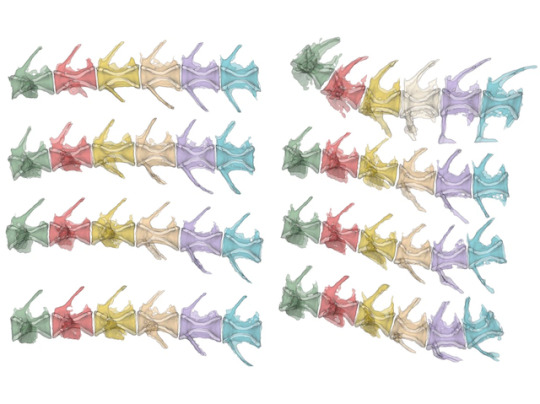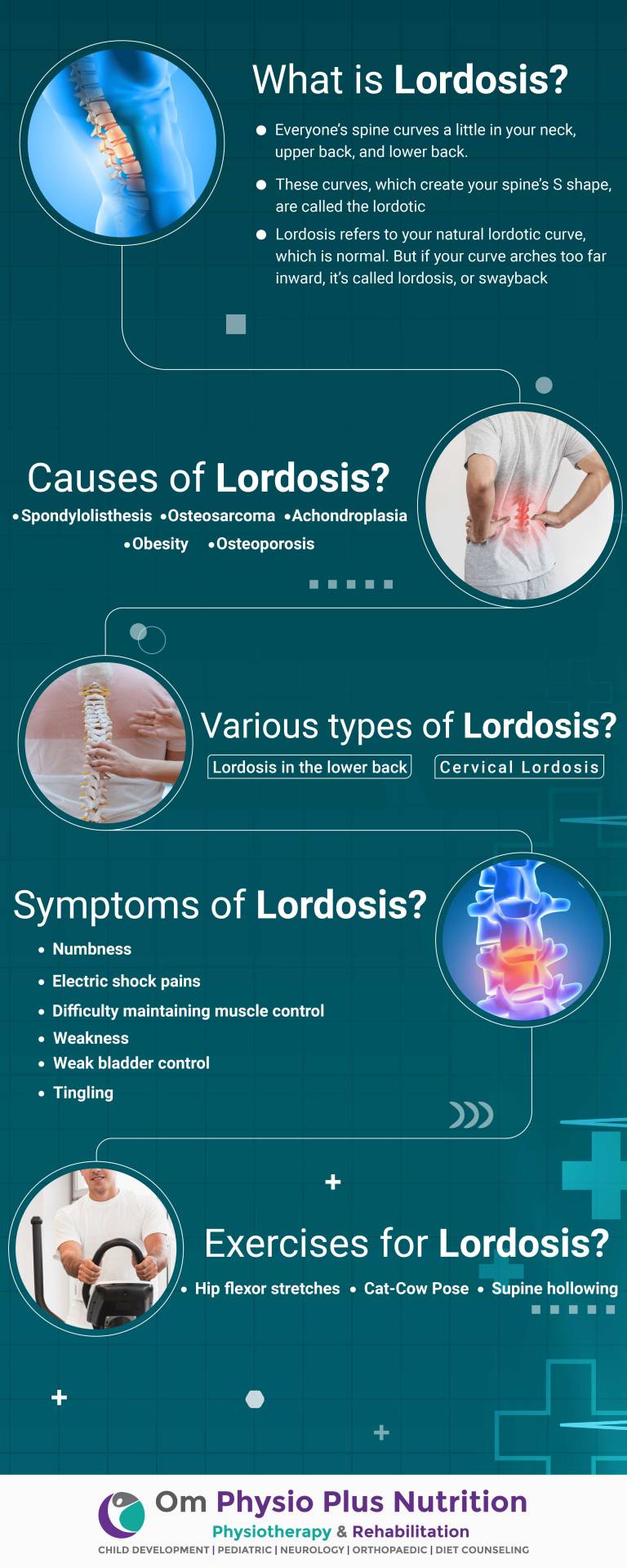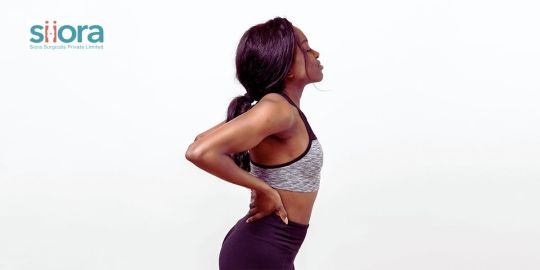#lordosis
Text
happy disability pride to all of my fucked up spine havers
happy disability pride to those of us who have spinal cord injuries, degenerative disc disease, ankylosing spondylitis, scoliosis, kyphosis, lordosis, spinal arthritis, cauda equina syndrome, tethered cord syndrome, spinal fusions, stenosis, myelopathy, radiculopathy, spondylolithesis, craniocervical instability, spina bifida, spinal tumors, syringomyelia, and anything else spine related
we are so very cool and i love you all so much
#disability pride month#disabled pride#disability pride#disabled pride month#cripplepunk#cripple punk#cpunk#actually disabled#physically disabled#disabled#disability#physical disability#spinal cord injury#SCI#degenerative disc disease#ankylosing spondylitis#scoliosis#kyphosis#lordosis#cauda equina syndrome#spinal fusion#stenosis#myelopathy#radiculopathy#spondylolisthesis#CCI#spina bifida#spinal tumor#syringomyelia
5K notes
·
View notes
Text
shoutout to people with spine curvature conditions - especially ones that are quite noticeable, or ones that require supportive wear. you don't look like a monster. you don't look like a freak. you don't look foolish. you don't need to hide your body, or feel ashamed.
you and your body are just as worthy of compassion as everyone else. you're beautiful, and you and your body are doing their best. you are seen, heard, and loved. it's okay.
#softspoonie#disability#disabled#anti ableism#body posi#body positivity#physically disabled#scoliosis#lordosis#kyphosis#neck pain#back pain#chronic pain#visibly disabled#disability aids#mobility aid user#mobility aids#disability positivity#disabled positivity#positivity#cripple
558 notes
·
View notes
Text
hey anyone else doesnt want to work towards getting better
idk if thats the right wording but im sick of constantly striving towards being able bodied when i know i wont be no matter what i do . i just want accommodations and to not get any worse . im tired . let me be as i am .
#actually disabled#disability#physically disabled#disability pride#disabled#cripple punk#cripplepunk#physical disability#limb length discrepancy#leg length discrepancy#scoliosis#lordosis#suggested tags on tumblr r very helpful#idk what theyre called#rlly
132 notes
·
View notes
Text
I have lumber lordosis and cervical kyphosis which significantly contribute to my vestibular migraines (my primary disability). At some point, I for some reason decided this must be my fault and that I somehow created this problem by slouching.
(My physical therapist assured me that if that was the case then everyone would have it. But of course I didn't believe him.)
I recently found some old pics from childhood and saw that actually I had the exact same posture issues when I was a child, which made me question this line of reasoning. Finally told my husband about these thoughts and he gently pointed out that this is bullshit.
Then I actually looked this up to try to prove him wrong and.......there is no evidence slouching causes lordosis (just like it doesn't cause the hump some older women get, that's just an old wives tale.) Sometimes it's just like, congenital.

Also, I told my husband that I thought that if I just did my exercises enough and stood up straight enough then it would go away. He also pointed out that this was wrong. And...

Anyway this is a shout-out to myself (hey future self, please read this) and anyone who needs to hear this: you don't have to find ways to make your medical problems your fault. They almost definitely aren't. That's just internalized ableism.
#lordosis#kyphosis#chronic illness#chronic pain#migraine#vestibular#ableism#internalized ableism#medical
21 notes
·
View notes
Photo

Bending the Curves
Our backbone, or spine, is naturally curved, but painful deformations can develop – from scoliosis, where the spine twists to the side, to kyphosis and lordosis, identified by excessive curves in respectively the upper or lower parts of the spine. What causes these problems is poorly understood, but researchers working on zebrafish uncovered interesting processes involving molecules produced by neurons of the central nervous system, known as the urotensin peptides Urp1 and Urp2. Fish lacking both peptides, or their receptor Uts2r3, developed strong curves in the tail region of the spine, similar to lordosis (pictured, right, compared to typical zebrafish spines, left). Meanwhile, fish lacking only Urp1 or Urp2 developed milder curvatures, suggesting that these peptides can somewhat compensate for each other. Deformed spines developed in juvenile fish and worsened into adulthood, recalling spinal problems that begin in adolescence, so signalling through this urotensin pathway could be relevant to humans too.
Written by Emmanuelle Briolat
Image from work by Elizabeth A Bearce and colleagues
Institute of Molecular Biology, Department of Biology, University of Oregon, USA
Image originally published with a Creative Commons Attribution 4.0 International (CC BY 4.0)
Published in eLife, December 2023
You can also follow BPoD on Instagram, Twitter and Facebook
#science#biomedicine#scoliosis#spinal column#spine#developmental biology#neuroscience#zebrafish#curvature of the spine#kyphosis#lordosis
26 notes
·
View notes
Text
my dad was watching something on scifi where engineers were talking about 'a steel skeleton that could hold hundred of tons with just x amount of rods'
and my dumb ass went "well my steel skeleton only needs two rods"
and my dad goes, "to carry 20lbs or less?"
#spinal fusion#titanium spine things 😍#personal#my post#scoliosis#kyphosis#lordosis#cyborg#chronic illness
14 notes
·
View notes
Link
...cervical instability causes excessive motion of the spinal canal, whose primary job is to protect the spinal cord and nerve roots. When we first examine people as new patients, a message that we try to have them understand is that the word instability should draw a picture for them of the word destruction. Instability is causing the structure and function of the neck to deteriorate...
The complexity of symptoms and conditions that these people suffer from can be summed up as Cervical spine instability causing progressive destruction of the joint structures if not stopped.
When the soft tissue of the cervical spine is damaged, weakened, lax, loose, and degenerating, the bones of the neck wander around. With this wandering in the neck comes a narrowing of the intervertebral neural foramina space, the extent of which can reach the critical point at which the nerve is compressed (radiculopathy) or the spinal cord is compressed (myelopathy).
This narrowing can also decrease or compress the flow of fluid in the blood supply to (arterial) and from (venous) and around (cerebrospinal flow) the spinal cord and nerve roots that they need for proper health and functioning.
Cervical instability can cause the various parts of the spinal cord to be “touched” by bone and give various sensations to distant parts of the body. Indeed, herniated discs, bone spurs, and osteophyte complexes can also ‘touch’ the spinal cord, likewise, causing distant shooting, vibrating, buzzing, and electric shock-like sensations.
Dysesthesias or ‘unusual’ sensory symptoms may happen though no damage or disease can be found. It’s not that the nerve impulses are getting structurally impeded all the time but intermittently when the body is moved in a certain way until there is too much tension on it to carry nerve impulses normally.
In more advanced situations and certainly more frightening to this patient is the “drop attack,” where they would suddenly and for seemingly no reason at all, fall to the ground and then get up as if nothing had happened a few seconds later. (Of course to this patient “as if nothing happened,” is not what is going through their mind.)
...this group of patients can suffer both atherosclerosis and vertebrobasilar insufficiency. In this group of patients, it would not take much by way of neck rotation compression to cut off blood flow to the brain in arteries that are internally clogged.
The main advance in the understanding of blood flow to the structures in the brain, head, face, and neck including the cranial arteries has been in our opinion extracranial and transcranial doppler ultrasound, primarily because this can be done in a physician’s office by the physician or his trained staff. A problem is, is that these tests are done with the patient in a standard or static position.
Most patients know the exact head position that gives them the symptoms of dizziness, “lack of oxygen to the brain,” and related problems. I can tell you that head position is almost always when they are standing or sitting upright, not when they are lying down, as when these vascular tests are almost always done.
For many years, I ordered these tests and wanted the technician to perform the test in the patient’s “vulnerable to symptoms” position, not in the lying down position. Our patients would relay to us that, unfortunately, their tests were not done the way I ordered them primarily because the technician simply tells the patient, “we don’t do the tests that way.”
Even when disruptions of blood flow were found on the test, the radiologist reading the test would call the test normal. Once when talking to a neurosurgeon colleague he explained “You have to learn to read the scans yourself. The radiologists don’t have experience in reading results from the craniocervical junction.” I was shocked actually when he told me this, but now I know it is true.
The nerves, veins, and arteries of the body are protected from harm because they run close to the bones. Often they are within a few millimeters of bone; thus, any excessive movement of the joints or bones can directly compress and stretch the nerves.
It should be noted that the symptoms are often different when the nervous tissue involved is in the peripheral nervous system versus the autonomic nervous system versus the central nervous system. Central nervous system nerve tension is typically from upper cervical instability and not only affects the cervical spinal cord but can involve the brainstem and brain. When the brainstem and/or brain nerve impulses are altered, the effects can be far-reaching and more dramatic.
Nervous tissue, like the other tissues of the body, depends on nutrient flow into it and toxin flow out. If the flow of nutrient blood flow into the nerve is deficient, the nerve cell function will be impaired and likewise, if the neuron (nerve) cells can not get rid of waste products (toxins) out, it will swell and again nerve impulses will be abnormal. If the fluid flow into or out of individual neurons and collectively (nerves themselves) is compromised so is nerve function.
When one understands the anatomy at the craniocervical junction, it is easy to see how upper cervical instability could cause a blockage of CSF or arterial flow and/or venous drainage causing neurologic-like symptoms. Even if it is just the CSF that is increased, eventually this will lead to an increase in intracranial pressure which can cause reduced blood flow to the nervous tissue in the brain and spinal cord, potentially causing damage.
...anyone with unusual neurological symptoms that go undiagnosed or unexplained by traditional medical means should consider a motion scan of the cervical spine looking for instability. Cervical instability is very reversible cause of many neurological symptoms and syndromes.
When cervical myelopathy patients lay prone – everything calms down – a test where you are laying down is probably not a good test if you are looking for active blood flow problems.
“When it gets bad, I lay down and things calm down for me.”
Often people in their pre-patient interview will tell us that their brain fog and related problems reduce in severity if they lay down. Simply they say things like:
I have neck pain, cognitive problems, insomnia, headache, dizziness, fatigue, and brain fog. When it gets bad, I lay down and things calm down for me. The problem is I am now spending days laying in bed.
Conclusion? Prone positions and non-prone positions create a different [pattern of] blood flow.
...Our testing and treatment center is equipped with x-ray diagnostics with digital motion x-ray because the traditional scans missed so many instabilities.
If the blood flow is intermittently compromised, such as only when the neck is in certain positions, it will be difficult to catch and diagnose. To assess proper blood flow to the body’s most important nerves and nervous tissue (the brain), especially with head and neck motions, we perform transcranial doppler (TCD) and extracranial Doppler (ECD) ultrasound examinations.
It is through dynamic transcranial doppler (TCD) and extracranial Doppler (ECD) ultrasound analysis that this decrease in blood supply can be documented with its root cause being compression of the arteries as they run through the cervical spine.
The problems of Atlantoaxial instability are not problems that sit in isolation. A patient that suffers from Atlantoaxial instability will likely be seen to suffer from many problems as they all relate to upper cervical neck ligament damage and cervical instability. As demonstrated below this includes cervical subluxation, (misalignment of the cervical vertabrae). One of the causes of Vertebrobasilar insufficiency is this cervical misalignment and its “pinching,” or “herniation,” not of a disc, but of the arteries themselves as we suggested above. This creates the situation of ischemia.
When the cervical spine ligaments are weakened, they cannot hold the cervical spine in proper alignment or in its proper anatomical curve. Your head begins to move in a destructive, degenerative manner on top of your neck. This is when cervical artery compression can occur.
In our 2014 research led by Danielle R. Steilen-Matias, MMS, PA-C, published in The Open Orthopaedics Journal, we demonstrated that when the neck ligaments are injured, they become elongated and loose, which causes excessive movement of the cervical vertebrae. In the upper cervical spine (C0-C2), this can cause a number of other symptoms including, but not limited to, nerve irritation, vertebrobasilar insufficiency with associated vertigo and dizziness, tinnitus, facial pain, arm pain, and migraine headaches.
Treating and stabilizing the cervical ligaments can alleviate these problems by preventing excessive abnormal vertebrae movement, the development or advancing of cervical osteoarthritis, and the myriad of problematic symptoms they cause including nerve and arterial compression.
Through extensive research and patient data analysis, it became clear that in order for patients to obtain long-term cures (approximately 90% relief of symptoms) the re-establishment of some lordosis, (the natural cervical spinal curve) in their cervical spine is necessary. Once spinal stabilization is achieved and the normalization of cervical forces by restoring some lordosis, lasting relief of symptoms was highly probable.
3 notes
·
View notes
Photo

What is Lordosis ? causes, symptoms
2 notes
·
View notes
Text
it's incredibly easy to hug me around the waist, shoutouts to lordosis for making this possible
0 notes
Text
Nothing like realizing one of these original projects that you're making could be released after the fact you're dead
And if you're worried about it being self-inflicted no I just have a condition called Elher's danlos syndrome and it's deteriorating a lot quicker than we had hoped in 10 years time I don't honestly know if I will be around to even see the chaos that happens with one of my works
This is why I hope to get a lot of my stories completed and why I work so hard while I can
I may need carpal tunnel surgery soon so if I do go on a two-week Hiatus that's why I have been having more pain in my right hand
The biggest issue I'm running into is my neck I wake up with days that I am heavily disassociated and not feeling myself at all they may have to do a Fusion of my neck which would take several months of recovery and would forever change my life.
But I do hope you know my mutuals and followers that I am grateful for all of your support extremely grateful as a disabled creator who doesn't know when the last chapter may be written and who doesn't even know if she will be able to complete her work it is a scary thought for me to leave the chapter half done
But while I can, I'm happy for the joy that I can bring and the stories I can tell.
1 note
·
View note
Text
Does your back ever hurt so much your teeth ache?
1 note
·
View note
Text
What is Lordosis? What Should You Know?

Our spine has natural curves in the neck, upper back, and lower back that give the ‘S’ shape to our spine. It is important for everyone to have these curves as they play an important role in supporting the head weight, absorbing shock, and maintaining the flexibility & structure of the spine. Now, when the curves in the neck region or lower back become high, the condition is called lordosis. In this post, we will talk about the condition in detail.
0 notes
Text
Going for a swim

1 note
·
View note
Text

weapon
#honkai impact#herrscher of sentience#couldn't bring myself to draw the high heels of this skin#she must already have bad back pain with that average honkai valk lordosis#nggh initially wanted to finish this for halloween then got hit with mental worms
472 notes
·
View notes
Text
A while back I had a Thought: where do doctors get the metal for your spinal fusions from???
This started out with me making a joke about Elon Muskrat profiting off emerald mining and child labor a la his father. But then I wondered, where does the cobalt chrome and titanium in my spine come from??? Is it ethically sourced? Or is my cyborg spine the product of child labor????????
Now I really want to know
#spine#my post#scoliosis#spinal fusion#surgery#tw child labor#tw elon musk#chronic pain#spine surgery#kyphosis#lordosis#thoughts that probably should've stayed in drafts
12 notes
·
View notes
Text

kirks curves
157 notes
·
View notes